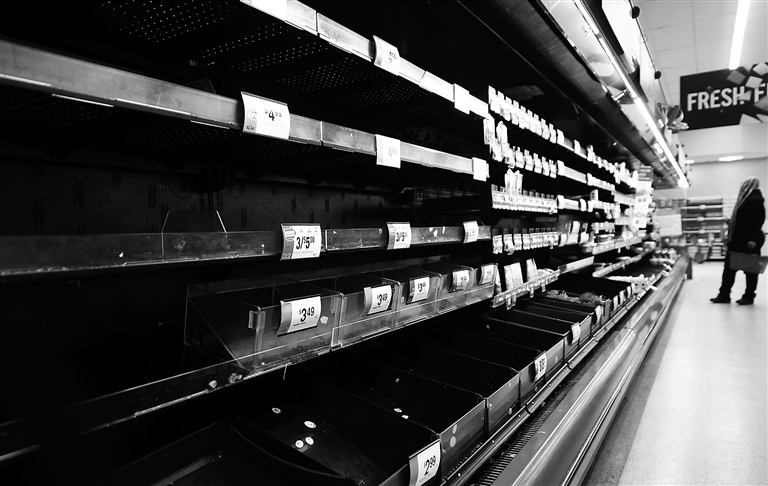
HIGH demand for groceries combined with soaring freight costs and Omicron-related labor shortages are creating a new round of backlogs at processed food and fresh produce companies, leading to empty supermarket shelves at major retailers across the United States. Growers of perishable produce across the West Coast are paying nearly triple pre-pandemic trucking rates to ship things like lettuce and berries before they spoil. Shay Myers, CEO of Owyhee Produce, which grows onions, watermelons and asparagus along the border of Idaho and Oregon, said he has been holding off shipping onions to retail distributors until freight costs go down. Myers said transportation disruptions in the last three weeks, caused by a lack of truck drivers and recent highway-blocking storms, have led to a doubling of freight costs for fruit and vegetable producers, on top of already elevated pandemic prices. “We typically will ship, East Coast to West Coast, we used to do it for about US$7,000,” he said. “Today it’s somewhere between US$18,000 and US$22,000.” Birds Eye frozen vegetables maker Conagra Brands’ CEO Sean Connolly told investors last week that supplies from its U.S. plants could be constrained for at least the next month due to Omicron-related absences. Albertsons CEO Vivek Sankaran said last week he expects the supermarket chain to confront more supply chain challenges over the next four to six weeks as Omicron has put a dent in its efforts to plug supply chain gaps. U.S. retailers are now facing roughly 12 percent out-of-stock levels on food, beverages, household cleaning and personal hygiene products compared to 7-10 percent in regular times.(SD-Agencies) | 
